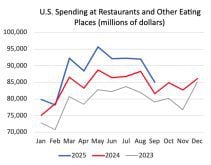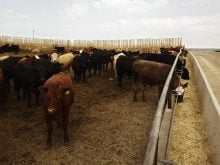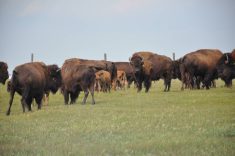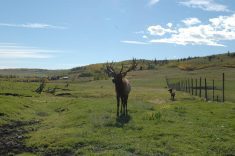LETHBRIDGE, Alta. – Before ambitious farmers decide to grow pot-atoes for a living, they must remember one thing.
“It ain’t barley. It’s a very complex crop,” said Clive Schaupmeyer, Alberta Agriculture potato agronomist.
Alberta has assumed a major presence in the Canadian potato industry with new and expanding processing facilities.
However, southern potato growers suffered a blow last fall when frost damaged 35 percent of the crop while it was still underground.
The first frost was Sept. 22-23 when temperatures dropped to -8 C for about 12 hours in the Coaldale area. More damage occurred Oct. 4-5 with another major freeze.
Read Also
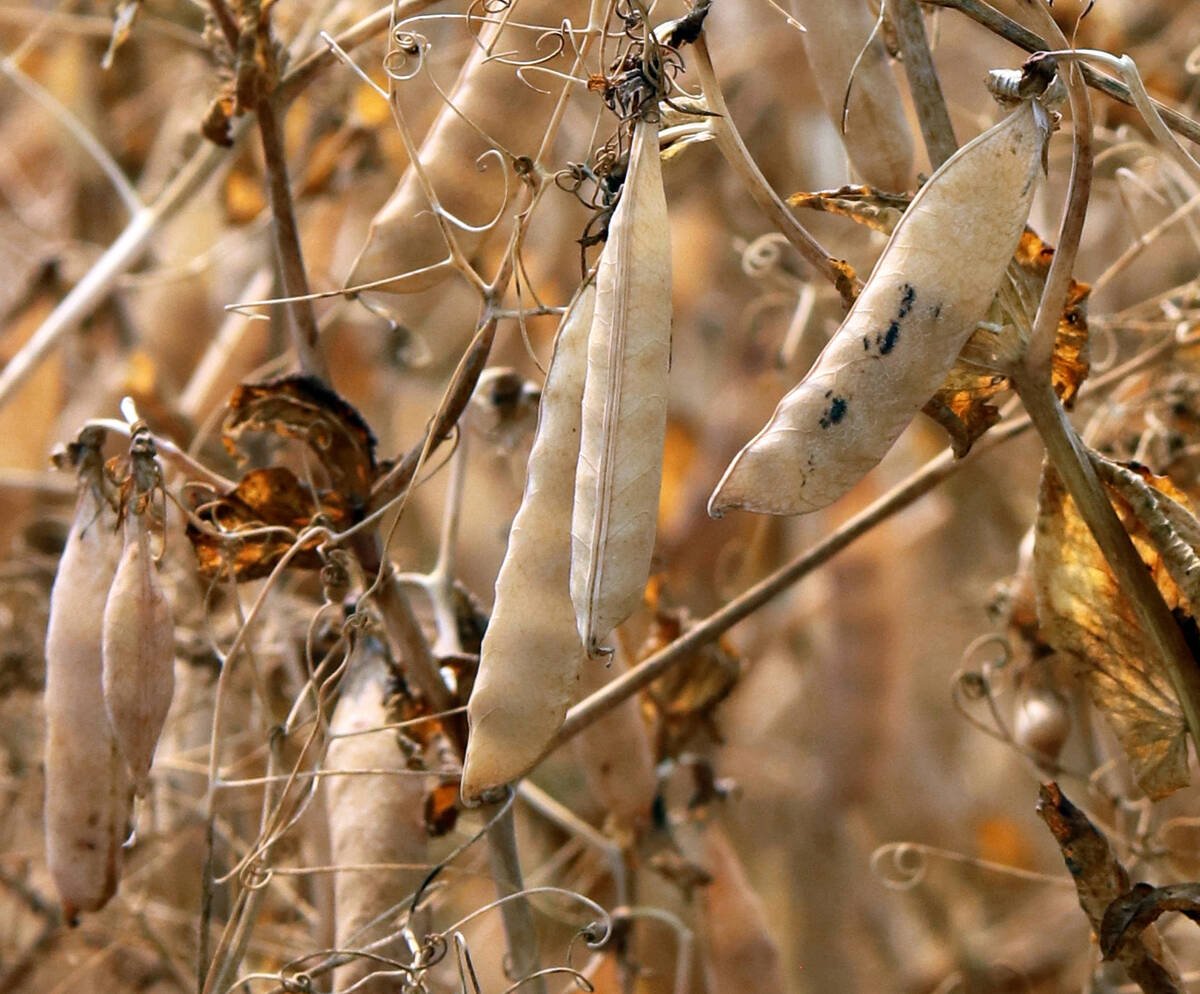
Trump’s tariffs take their toll on U.S. producers
U.S. farmers say Trump’s tariffs have been devastating for growers in that country.
Frozen potatoes were left in the field. Farmers have had difficulty maintaining the quality of harvested potatoes in storage and processors report different frying quality.
Yet the industry remains optimistic with more contracted acres anticipated over the next several years.
Schaupmeyer discussed the state of the industry at the late February Tiffin agricultural conference in Lethbridge.
Last year, growers planted more than 50,000 acres and further growth is expected this summer as McCain’s Foods increases its french fry output.
Farmgate value for the total crop is estimated between $90 and $120 million, he said.
Alberta could ultimately plant 80,000 acres providing there is enough suitable land, irrigation ability and farmers willing to take the risk.
The Alberta industry grows for processing, seed and table markets.
Chips and fries
The processing sector is the largest and is grown mainly under irrigation in the southern part of the province on more than 31,000 acres. The traditional Russet Burbank, a long, tan tuber, is destined for potato chips and frozen french fries.
About 12,000 acres of seed potatoes are grown in central Alberta.
This province is the largest Canadian exporter of seed potatoes to the United States. Valued for northern vigor, Alberta seed is free of disease and pests. Colorado potato beetle, leaf roll virus and some fungal diseases are not yet a problem for these growers.
“The farther north you grow seed, the more vigorously it grows the next year in southern climes.”
“Seed has somewhat higher risk but is quite a bit higher return. Seed has been a seller’s market for quite a long time,” said Schaupmeyer.
Around 5,000 acres of fresh product are planted throughout the province.
The fresh market is the smallest sector with five or six full-time growers. Many producers prefer to grow processing potatoes under contract so the price is guaranteed.
The price for table potatoes is unpredictable and growers may be forced to take whatever price they are offered for a perishable product. Out-of-province potatoes may flood the market and prices can fall dramatically.
There are higher paying niche markets but the opportunities are limited. Baby gourmet potatoes, for example, sell at $2.99 for a two pound bag, but that is a small market because of the price. Organic potatoes also have an increasing market.
Growers could invest up to $500,000 per quarter section. The price tag includes the cost of specialized equipment, irrigation, building high tech storage facilities, and buying seed and other supplies.
Farmers looking to rent land for potatoes in the Taber area are rumored to be paying up to $350 per acre. Finding enough suitable land is a challenge. Potatoes should only be grown in the same spot every four years to prevent disease.
There is also the challenge of learning how to grow potatoes. Mistakes at planting time can reduce yield substantially because plants set fewer tubers. Diseases can wipe out a field in two weeks.
“The whole potato management package is different from grain,” said Schaupmeyer.




